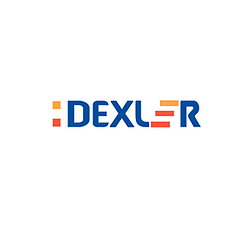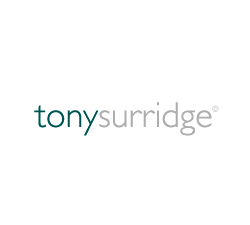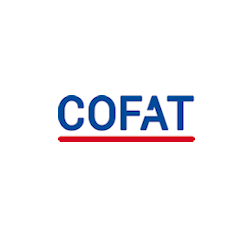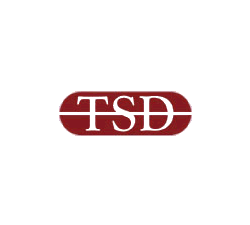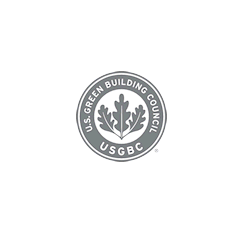
Intellectual Property Theft: How Can You Prevent It?
Protecting information from intellectual property theft
Intellectual property theft takes place when someone does something they were not granted a license to do with information that you own.
It does not matter whether your information is a trade secret, copyright or trademark. These only help determine how you would go about prosecuting the thief, because there is no single body of law that applies uniformly to intellectual property.
Companies that sell the use of their intellectual property are usually aware of what that intellectual property is, and therefore what it is that someone might want to steal.
But all companies face a common problem with intellectual property theft: the internal creators and users of their intellectual property are frequently unaware of the economic importance of the information they handle. As a result, nobody does anything to actively prevent intellectual property theft because the problem is not theirs.
There are methods and tools available to actively prevent internal staff from (consciously or unconsciously) leaking intellectual property information, and these can also be used to put them on notice that the information they have is protected and is not to be disclosed to others.
Another interesting aspect of intellectual property theft is the failure of companies to realize that their intellectual property may have more perceived value to the hacker than it does to them. They forget that sales and markets information may be valuable to competitors (even more so if it tells where not to go). Research information is often protected, but marketing plans are not. Information about accounts, projections, market support, available discounts, are also often ignored, as is information released to business partners to enable joint venture, partnership and distribution agreements which are equally of value to competitors. And we have only scratched the surface of what needs protecting.
Companies also often view information only in the context of how they collected it. So consumer personal information, including: credit card numbers, names, addresses, telephone numbers and so on, are not important except for the transactions they were collected for. And the same can go for information about club members, pensioners, alumni and many more. However, a failure to protect those from theft can, in the USA and Europe, cause litigation. And all that information is intellectual property which can be stolen, usually all too easily.
At the moment, much, if not all of the intellectual property of organizations can be stolen fairly easily, simply because it is not being protected at all. Information can be freely accessed from the Internet or copied straight off laptops and desktops without leaving any trace at all that is has been stolen.
And that is also the case where you recognize that you do have intellectual property, like in a book, or a training course, or photographs, or analyst reports, but do nothing to protect it. Intellectual property theft is very easy once information is in a digital form and not protected. The music and film companies have proved that, because they have gone to more than considerable lengths to try and protect obvious IPR. And at the same time hackers have continued to prove how easy it can be to copy information, for instance, releasing copies of Microsoft products ahead of the release by their manufacturer.
At first glance, figures quoted for intellectual property theft seem improbable, running into billions of US dollars per year. But when you consider that most of the figures quoted come from the software and music industries, and that they take no account at all of cost to normal industry, they are likely to be a serious underestimate of the real value. If you throw in figures for lost sales of books and high value reports, and then the industrial damage of trade secret theft and industrial espionage you could end up with a figure double the usual estimates.
So intellectual property theft is actually a very serious problem, but it is often so invisible that industries fail to even notice, particularly when the economic damage they suffer is not immediately obvious.
Further reading on intellectual property theft
See facts on intellectual property theft covering intellectual property and trade secret theft in the news.
Download IPR protection software
Download IPR protection software that uses digital rights management controls to prevent the theft of your intellectual property – pdf documents, files, web pages, portals, websites, html, images, elearning courses and software. Prevent copying, printing, downloading and theft of your content. Intellectual property protection software that ensures the security and use of your information.
Control what users can view your content, what they can do with it (copy, print, etc.) and when it can no longer be viewed (expire).

